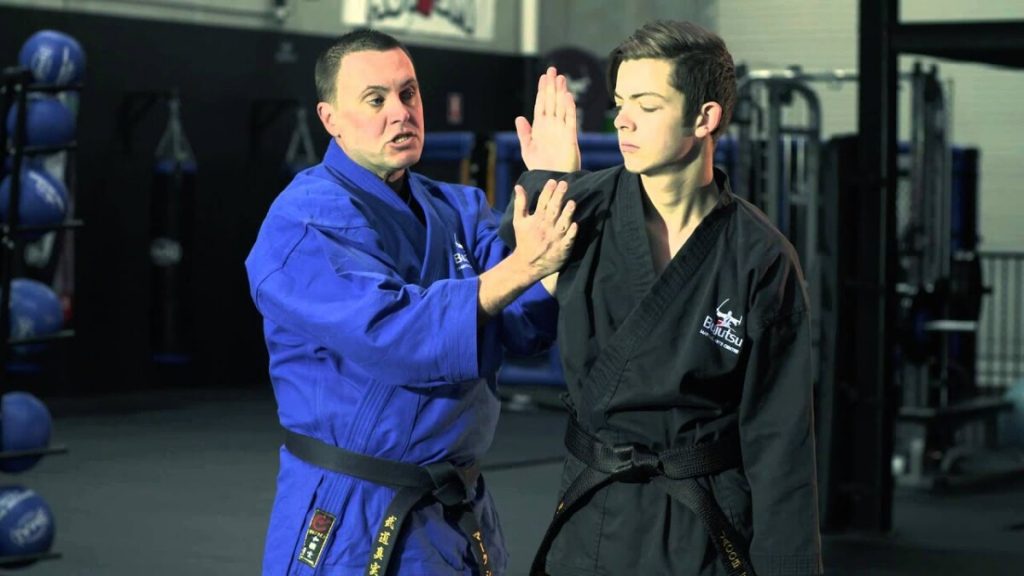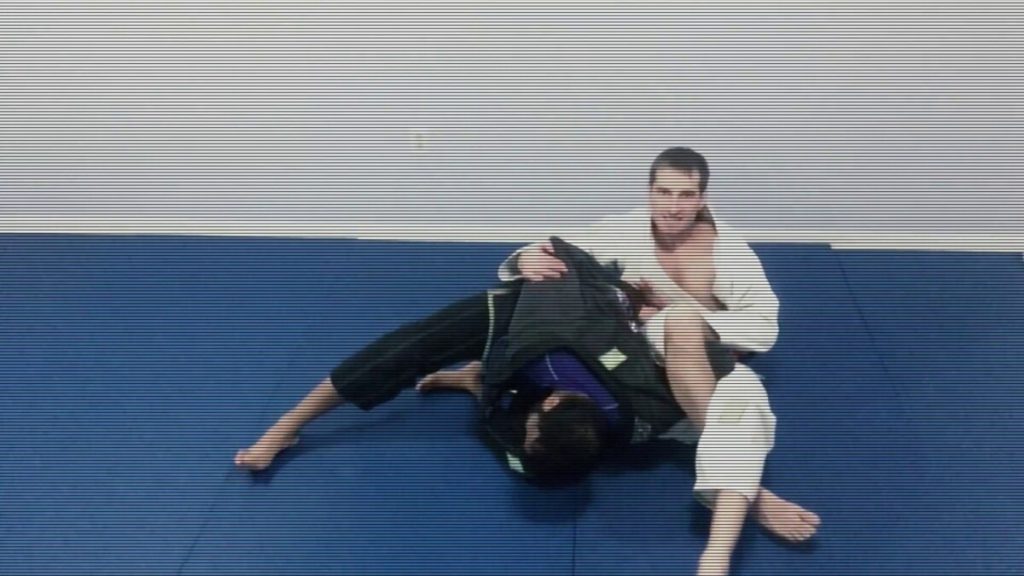Hammer Lock: Putting an opponent’s hands behind their back is one of the best methods to put an end to their resistance. It’s easier said than done, though, since you’ll undoubtedly encounter a lot of opposition before achieving this. Immobilising the arms by placing them behind the aggressor’s body is a common tactic employed by law enforcement. It greatly reduces a person’s strength because of the restricted range of motion, which also lessens their capacity to defend themselves. We’ll talk about the Brazilian Jiu-Jitsu technique known as the hammer lock today.
The Hammer Lock: What Is It?
One of the few submissions you may use while your opponent is wearing a closed guard is the hammer lock. The hammer lock, like the kimura, is a shoulder lock in which the opponent’s wrist is pulled backward, causing it to bend upward towards the neck and putting a lot of pressure on the shoulder joint. Military forces frequently employ this antiquated method, which has its roots in wrestling, to apprehend an assailant. The manoeuvre, commonly referred to as the “chicken wing,” is akin to the Dagestani handcuff, which Khabib Nurmagomedov made popular.
You might also be interested in reading this: What Does BJJ’s Half-Nelson Mean?
How to Apply the Hammer Lock?

A highly helpful move for taking down an aggressive opponent and getting beyond the guard is the hammer lock. One of its merits is its variety in application; it can be used for guard passing, top closed guard, bottom side control, and even when the opponent turtles. In the turtle posture, the hammer lock is employed in this way.
The wrist ride must be used correctly while applying the hammer lock from the turtle posture. It is used to push the elbow of the person you are assaulting out and away from their lats. As you isolate their elbow, you want the opponent’s wrist to show through below. Starting from the right side of the turtle, if you are facing the opponent, start by placing your left hand behind their far hip and your right hand over their near wrist.
Generally, you should kneel on the right side of the mat or place your knee behind your opponent’s glute. From this position, control the opponent’s right wrist or fingers with your right hand; avoid focusing too much on the forearm. The opponent will post their right elbow to the mat, as is only natural. Start driving your right and left hands in a spiral motion to press your wrist towards the mat and stretch your right elbow outward. The opponent’s right hand will emerge behind their back as they collapse.
The secret is to prevent your opponent from rolling. As a result, bodily alignment is crucial. You aim to control the opponent by dropping your weight onto their back, grabbing their wrist and far hip, and then making a spiral motion to reveal their right wrist from behind. Release your weight and hold onto your wrist tightly while maintaining pressure on your back as they fall onto your right shoulder.
To place your hand on top of your opponent’s left shoulder, slide your left hand and attempt an underhook. From there, thrust towards your opponent’s left shoulder to somewhat flatten them down while continuing to apply chest pressure. Sliding your left knee beneath their forearm while maintaining wrist control, squeeze it with their right shoulder with your right knee. By applying such intense pressure to their right shoulder, the opponent is probably forced to tap.
When riding the turtle from the right side, some grapplers like taking their opponent to the ground. You can also use your right hand to extend your opponent’s right leg, which is also acceptable. This is due to the fact that creating a lot of space makes it simple to set up taking the opponent’s back with a leg lift.
You can use your right hand to cup their right shoulder and perform a near-side underhook if your opponent raises their right hand, making it impossible to reach their wrist. Using your underhook, pull the opponent to the right side to draw their hand in closer. Similarly, use the same configuration to complete the hammer lock.
Cross Body Ride’s Hammer Lock

Using a two-on-one grip, control your opponent’s right hand by pressing it against your chest from the cross-body ride, where their far leg (left leg) is caught by the triangle. Putting the opponent’s right hand on the mat is the next objective. The harder you press once the opponent’s hand is placed, the closer it is to their armpit. Since the opponent must turn their head away from you in order to extend their arm, it is difficult for them to straighten their arm in this posture.
The opponent will find it difficult to do so since you have diagonal control over their right hand and left leg. Reposition your forearm over the opponent’s wrist by taking your left hand from the two-on-one grip. Start cupping the opponent’s right shoulder by placing your hand between their forearm and bicep. It will be more difficult for the opponent to straighten their arm to release the pressure now that their left forearm and elbow are lodged on their right wrist.
After it is locked in place, place your right hand over your left, cupping the opponent’s right shoulder, to complete the hammer lock. Pulling the opponent towards you while bringing their right hand up to your armpit with your left elbow will finish the hammer lock. With the elbow raised and the hand wedged in place with the left elbow, you may end with a strong hammer lock submission that is akin to the kimura. You can even take the elbow up to the armpit.
In summary
You are the nail sometimes in BJJ and the hammer at other times. Gaining proficiency in basic moves like the hammer lock will enable you to advance your game steadily and securely. As with any technique, keep in mind that perfecting the hammer lock takes many hours of practice and drilling.

